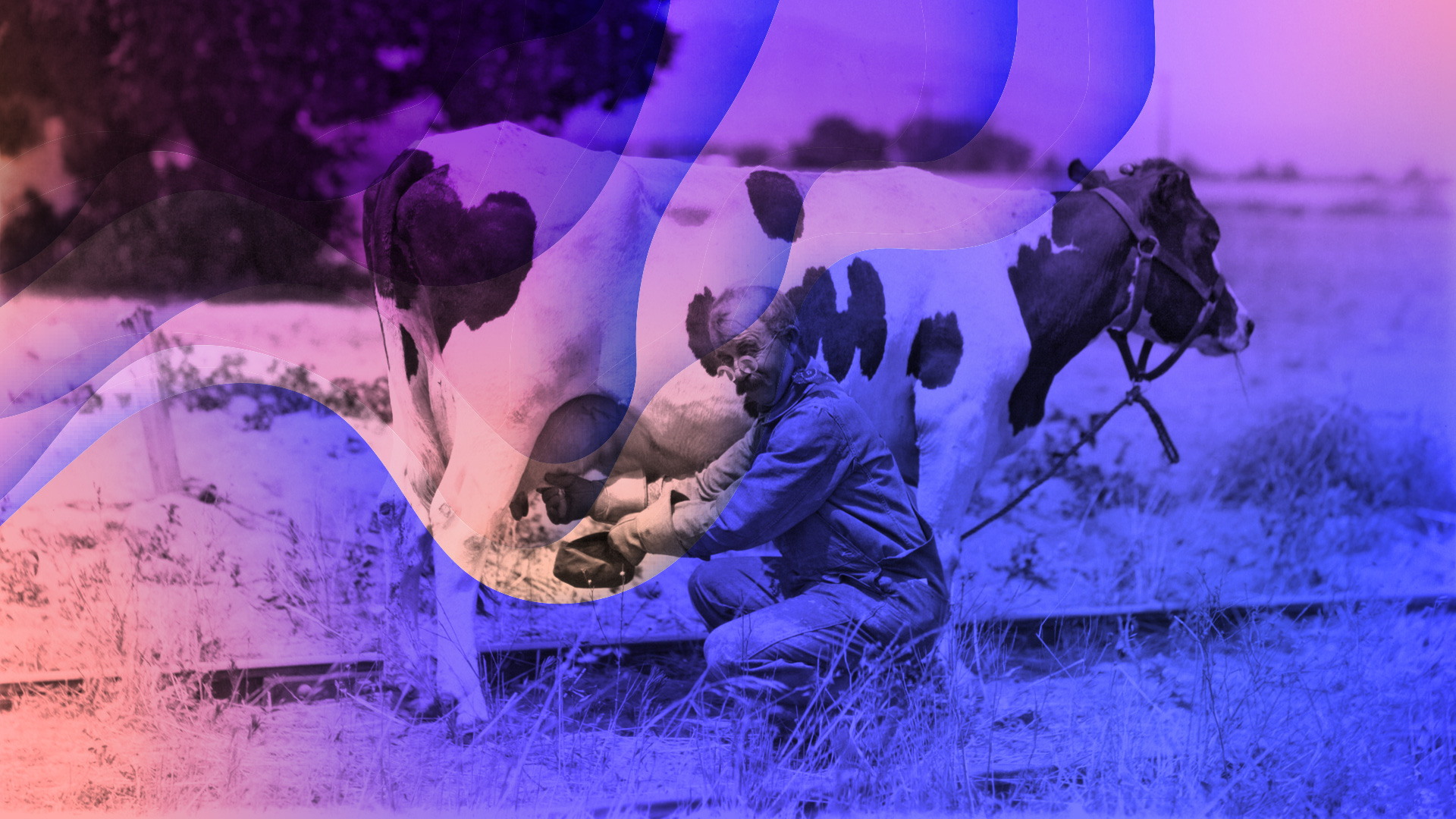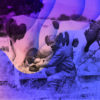Cliff’s Cattle
Brands began as… brands. On animals. Like the heat-an-iron-in-the-fire-and-burn-their-ass kind of brand. It was a way of marking property. A way of telling your neighbors that this cattle belongs to you, so that if it wanders off, people know where to return it. And those brands worked.
Each rancher had their own mark—a specific word or shape—that was locally known to be theirs. If you woke up one morning to find a rogue steer in your front yard, you could look at its branding and know who it belonged to either: Cliff, with the nice homestead down by the meadow, or Chuck, the guy known to carry a double-aught shotgun on him at all times..
The brand informed you. The mark communicated much more than what the mark itself said. It may have just been a few letters, or a simple little design, but it elicited memory for you. It stirred up emotions from past interactions with Cliff and Chuck. It even helped you decide what you were going to do with the steer. If it belonged to Cliff, you’d happily pick up the phone to let him know. If it belonged to Chuck, you’d stress out anticipating the conversation, knowing that he’d be difficult and probably accuse you of trying to steal his property.
The brand represented more than the shape, mark, or logo itself.
Immediately, the “mark” became much larger than the mark itself.
The brand represented the reputation of the owner.
What comes to mind when someone sees your logo?
(This is an excerpt from John Emery’s upcoming book “Brand as Reputation”)









